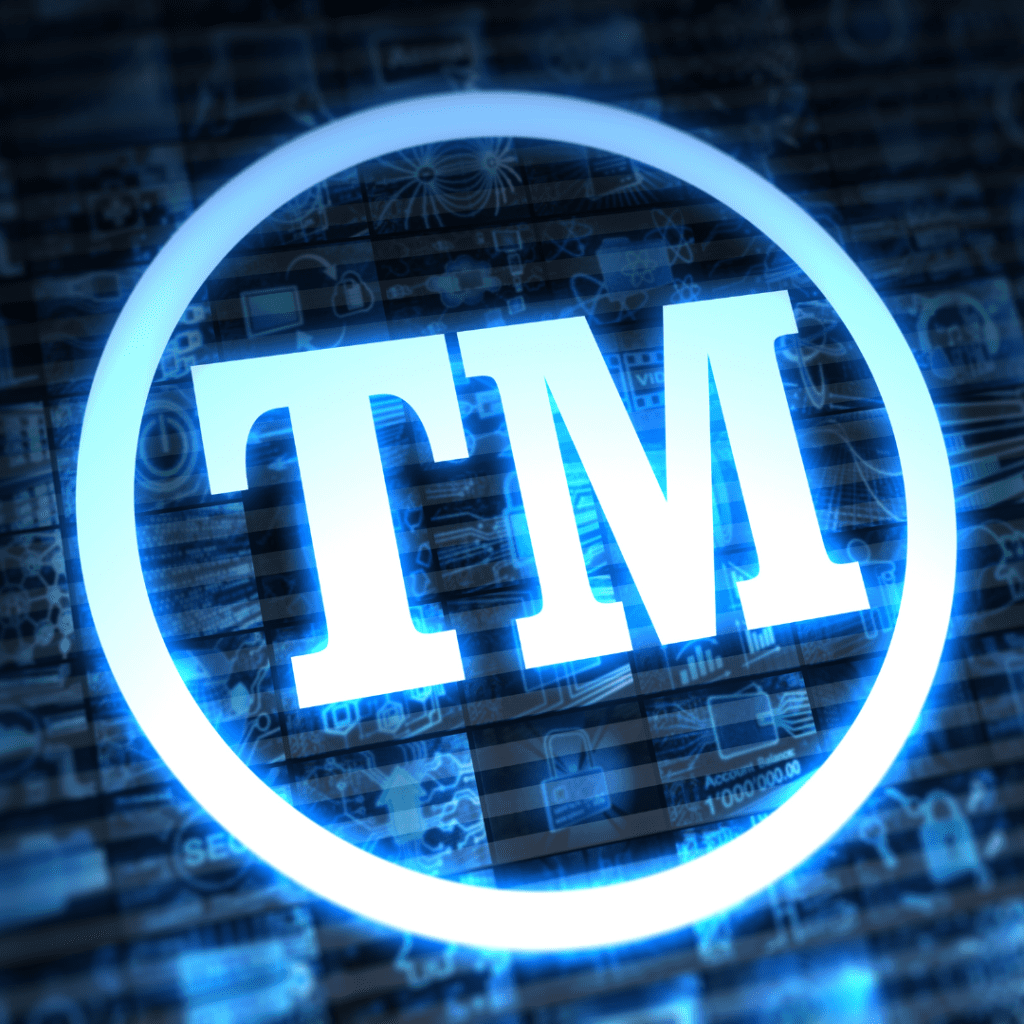Protecting Your Intellectual Property
Secure and Maintain Trademark Protection
Understanding Trademark Protection
The word “trademark” can refer to both trademarks and service marks. A trademark is used for goods while a service mark is used for services. Marks have certain protection as soon as a design, word or phrase is used in commerce with your goods or services; however, common law trademark protection is limited in scope and geography. Obtaining federal registration of a Mark with the United States Patent and Trademark Office (“USPTO”) is the only way to obtain nationwide rights and nationwide protection.
A federally registered trademark helps prevent competitors from using a mark associated with your business. But, keep in mind – even a federally registered trademark does not provide the registered owner with the exclusive use of the mark across all goods and services. Trademark protection is limited to the same or similar mark being used in related goods or services because. The intent of trademark protection is to prevent confusion in the marketplace between your mark and another brand offering related goods or services. For example, Delta is used by two large companies in different spaces.

What types of Marks can be Federally Registered?
Not all Marks can be registered with the USPTO. A good Mark should be fanciful, arbitrary or suggestive. A Mark must be inherently distinctive to obtain any trademark protection. A descriptive or generic Mark generally cannot be registered.
the Application
Trademarks are registered by submitting an online application with the United States Patent and Trademark Office. Typically, you need to show that the mark has been used in commerce when registering a trademark. The registration must be filled for the mark to be used in connection with the correct goods or services where the mark is used. There is a filing fee for each designation, referred to as a class, of goods or services.
USPTO Comments
An examiner is assigned to review each trademark registration application. The examiner reviews the distinctiveness of the mark and performs a full search to determine if any similar marks are already registered for a related good or service. Concerns are initially addressed through a nonfinal office action. A trademark registration will be denied through a final office action if there are concerns with the registration that are not cured by the registrant.
Registration Provides an Enforcement Mechanism
The Lanham Act (15 U.S.C. § 1051 et seq.) prohibits any person from using a mark in connection with any “goods or services” that is likely to cause confusion, mistake, or deception “as to the affiliation, connection, or association of such person with another person.” 15 U.S.C. § 1125(a)(1)(A). A trademark owner has the right to restrict, prevent, or limit use of the mark when another’s use of the mark is likely to cause confusion.
Flat Rate Trademark Service
(does not include uspto fees)-
Consultation on the Mark
-
Analysis of the Liklihood of Registration
-
Submission of the Application to the USPTO
